
an interface for virtuosity
Trailer
Touch It, Strum It, Bend It
Veil is a musical instrument. Thin fabric spans in front of you; touch it, strum it, bend it, the fabric responds and generates a sound. A continuous feedback process happens between your movements and the simulated movements of the veil. It's an experiment - do today's improvements in input device accuracy allow for a new kind of virtual instrument, which relies on visual instead of acoustic feedback?
A Real Instrument
Veil won't hold you back in making the music you want. It's a keyboard, it's a guitar, it's a violin, it's a harmonica and it's totally different. If the provided key layouts don't suit you, just create your own!
Veil is neither a high-tech noise maker nor an ever-good-sounding toy. It's a real instrument, and as such requires practice to achieve virtuosity.
Features
- switchable note layouts
- configurable MIDI output including pitch-bend messages (yay!)
- graphics that use the power of DX11
- realtime sound synthesis (no samples)
Tips
- Open the menu by making a small circle gesture directly above the Leap Motion Controller or moving your mouse.
- After some practice, improvise together with a guitar, this sounds amazing.
- Try different playing techniques. With every person playing on veil, a new style is invented.
Tutorials — various playing techniques
MIDI output
Instead of playing music directly through Veil, you can use it as a MIDI contoller. Move your mouse to access the settings. There you find a list of available output ports. There are a number of solutions for creating loopback MIDI devices; albeit a bit outdated, a good solution for Windows is MIDI Yoke.
Note Layouts
These key arrangements are so-called isomorphic layouts. A good overview over their properties and how to play them is given here. You can also create your own layouts as simple xml files.
The small number below the note letter is the MIDI octave of that note (Veil can act as a midi keyboard and this is the note that will be sent).
You can download these layouts as printable pdf files — just click on them!
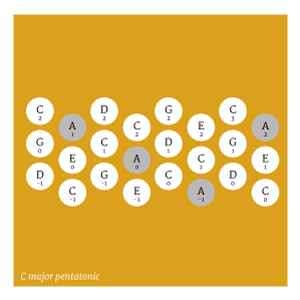
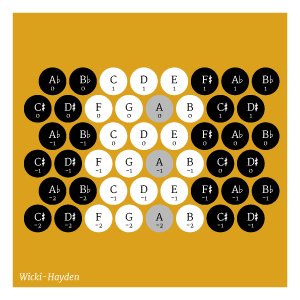
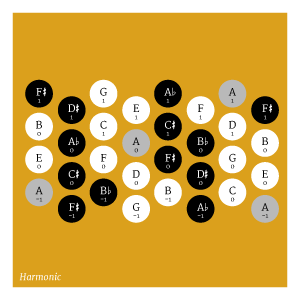
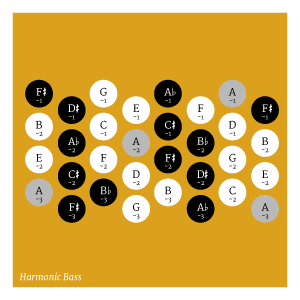
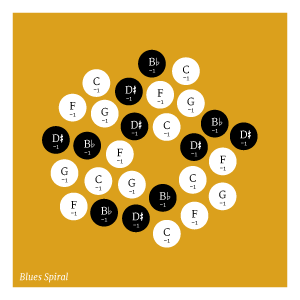
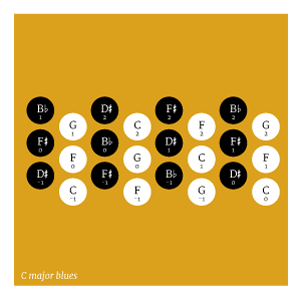
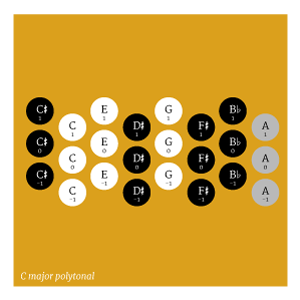
To create your own note layouts, take a look at the provided samples. Under Windows, you can find them at C:\Users\<username>\AppData\Local\AirspaceApps\Veil\layouts. You basically provide a name and a category as well as a number of notes with assigned positions.
For a reference of MIDI note numbers, see this website. If you have questions, feel free to ask!
a project by Felix Herbst and prefrontal cortex, 2013. Contact us by mail.